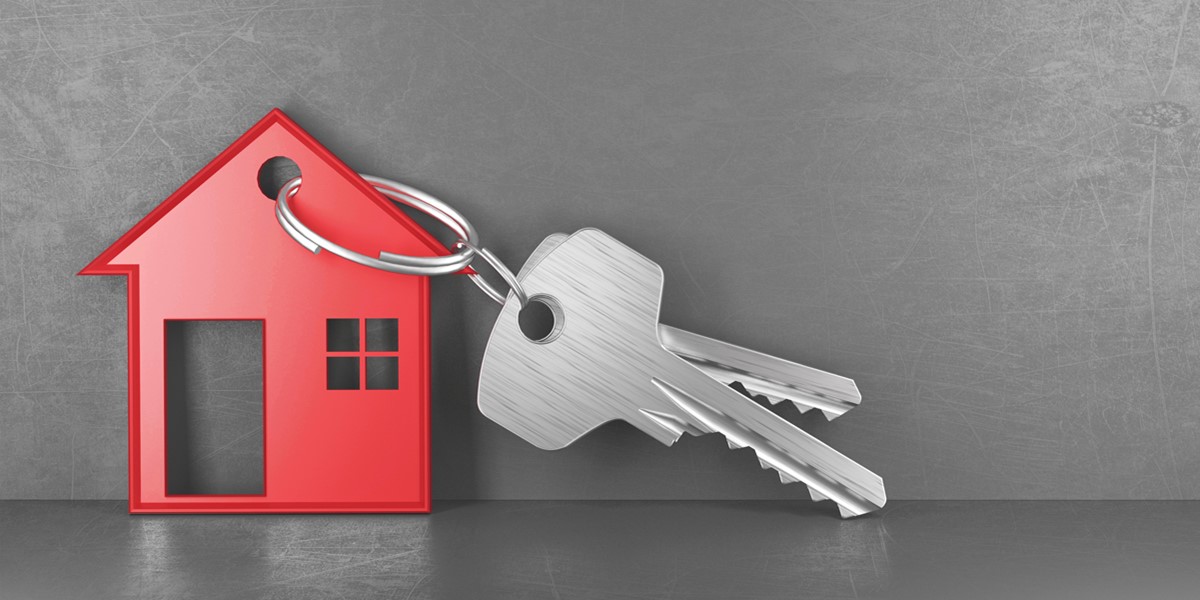What is Share of Freehold?

A share of freehold applies when leaseholders jointly own the freehold title of their building. In most cases, this arrangement occurs in blocks of flats, where each flat owner holds the leasehold for their property and an equal share of the freehold for the land and structure. This ownership model provides greater control over management, maintenance, and lease extensions than standard leasehold arrangements.
How does a share of freehold work?
Buying a share of freehold property means you own both:
- The leasehold of your individual flat.
- A proportion of the freehold for the building and land.
Share of freehold structures are typically managed in two ways:
- Joint ownership (tenants in common): Each leaseholder owns a direct percentage of the freehold title.
- Through a management company: The freehold is held by a limited company, with leaseholders listed as shareholders and directors.
Both methods provide shared control of the building, but administrative and legal responsibilities differ.
Register today! Be amongst the first to see new and off-market homes for sale in your area.
Limited company share of freehold
Where there are multiple leaseholders (often more than four), the freehold is usually registered to a private limited company. Each owner becomes a shareholder and often a director. This approach simplifies decision-making and allows management of service charges, maintenance, and insurance through a formal structure.
However, directors must comply with company law procedures, such as annual filings and record keeping. In some cases, one resident may act as company director while others remain shareholders.
Personal ownership (tenants in common)
Alternatively, the freehold can be owned in personal names, known legally as tenants in common. Each owner holds an equal portion of the freehold, for example, 25% each if there are four owners. This method avoids company administration but relies on trust and cooperation between co-owners. Disputes or lack of agreement can make decision-making and maintenance more complex.
Share of freehold vs leasehold
A leasehold property gives ownership of the flat for a set number of years, often 99 to 999, but not the land or building. Leaseholders pay ground rent and service charges to the freeholder.
In contrast, a share of freehold combines leasehold ownership with partial freehold ownership. Leaseholders share responsibility for the building’s upkeep, costs, and long-term management, eliminating many external landlord costs.
Benefits of owning a share of freehold
- Lease control: Owners can extend leases to up to 999 years without paying a premium.
- Lower costs: Ground rent is often reduced or removed, and service charges are set collectively.
- Improved building management: Residents have a direct say in repairs, maintenance, and insurance.
- Higher property value stability: Long leases and shared control help preserve market value.
Drawbacks of a share of freehold
- Administrative responsibilities: Managing maintenance, finances, and legal filings can be time-consuming.
- Variable costs: Unexpected repairs or structural issues may lead to high one-off payments.
- Mortgage challenges: Some lenders view freehold shares as higher-risk and may impose stricter conditions.
- Potential disagreements: Decisions require agreement among owners, which can delay work or create tension.
Extending a lease under share of freehold
As co-freeholders, you can extend your lease at no premium, but all co-owners must consent to the extension. If all leaseholders renew at the same time, it allows for updated lease terms and consistent management. Cooperation among owners is essential to prevent legal or administrative delays.
Ground rent and service charges
Even with a share of freehold, leaseholders may still contribute to service charges and maintenance costs, such as cleaning, insurance, or communal repairs. These fees are generally lower than those charged by external landlords and can be adjusted by residents as needed.
Transferring a share of freehold
When selling a flat, you can transfer your share of the freehold to the buyer using a formal deed. This process ensures legal continuity among co-owners and maintains balance in ownership structure. Solicitors usually handle the documentation to prevent future disputes.
Mortgages and share of freehold
It is possible to secure a mortgage on a share of freehold property, though lenders may assess risks differently. To improve approval chances:
- Choose a flat with a long remaining lease.
- Ensure the building has a management company in place.
- Expect some lenders to require a higher deposit or slightly higher interest rates.
Let us help you with your next move
If you’re considering purchasing a property that comes with a share of freehold, haart’s experts are on hand to help. We have the people and technology to help get you moved smarter and faster. Let us help you with your next move.
